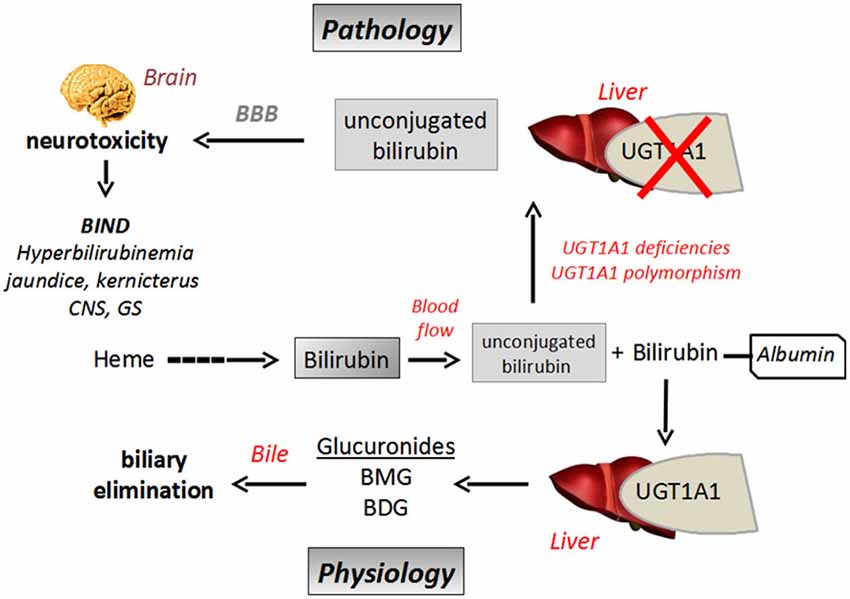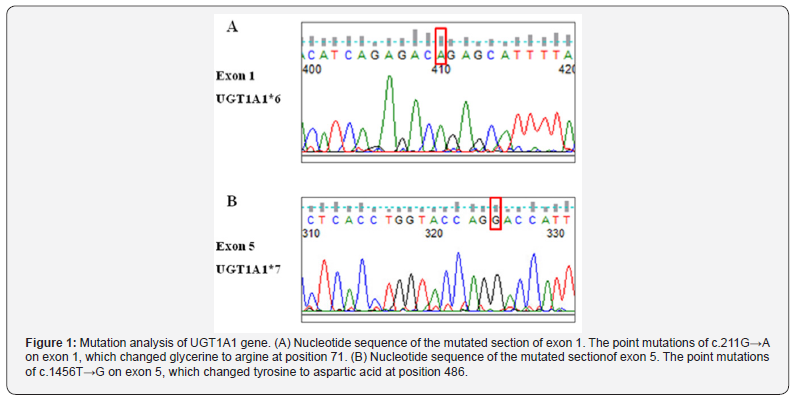Gilbert’s Syndrome, often abbreviated as GS, is a common and benign condition that affects the way the liver processes bilirubin. People with this condition may experience mild jaundice due to elevated levels of bilirubin in the blood. Despite its prevalence, many individuals remain unaware of the intricacies of this syndrome. This article aims to provide an in-depth understanding of Gilbert’s Syndrome, including its causes, symptoms, and effective management strategies.

What is Gilbert’s Syndrome?
Gilbert’s Syndrome is a hereditary condition characterized by the liver’s reduced ability to process bilirubin, a substance produced when red blood cells break down. Normally, the liver removes bilirubin from the bloodstream and excretes it through bile. In individuals with this syndrome, however, the liver’s ability to perform this function is impaired, leading to slightly elevated bilirubin levels in the blood.
This condition is not harmful or life-threatening, but it can cause occasional symptoms such as yellowing of the skin and eyes, known as jaundice. It is important to note that Gilbert’s Syndrome is not a disease but rather a variation in how the body metabolizes bilirubin.
Causes of Gilbert’s Syndrome
The primary cause of Gilbert’s Syndrome lies in genetics. It is inherited in an autosomal recessive pattern, meaning both parents must pass on a specific gene mutation for their child to develop the condition. The gene responsible for this syndrome is called UGT1A1, which provides instructions for producing an enzyme that helps the liver process bilirubin.
In people with Gilbert’s Syndrome, the UGT1A1 gene has a mutation that reduces the activity of this enzyme. As a result, the liver cannot efficiently remove bilirubin from the bloodstream, causing it to accumulate. This genetic predisposition means that the condition is present from birth, although symptoms may not appear until later in life.
Triggers for Elevated Bilirubin Levels
- Stress: Physical or emotional stress can exacerbate symptoms by increasing bilirubin levels.
- Fasting or Dieting: Skipping meals or drastically reducing calorie intake can lead to higher bilirubin levels.
- Infections: Illnesses, particularly those affecting the liver, can temporarily worsen the condition.
- Vigorous Exercise: Intense physical activity may trigger jaundice in some individuals.
Symptoms of Gilbert’s Syndrome
One of the most notable features of Gilbert’s Syndrome is its lack of severe or debilitating symptoms. Many individuals with this condition may never experience any noticeable effects. However, some common signs and symptoms include:
Mild Jaundice
The hallmark symptom of Gilbert’s Syndrome is mild jaundice, which manifests as a yellowish tint to the skin and the whites of the eyes. This occurs due to the accumulation of bilirubin in the blood. Jaundice in this condition is typically intermittent and may be triggered by factors such as fasting, illness, or stress.
Fatigue
Some individuals with Gilbert’s Syndrome report feeling fatigued or lethargic, especially during episodes of elevated bilirubin levels. While fatigue is not a universal symptom, it can be bothersome for those who experience it.
Abdominal Discomfort
Occasionally, individuals may experience mild discomfort or a feeling of fullness in the upper abdomen. This symptom is not severe and does not usually require medical intervention.
No Long-Term Health Risks
Unlike other liver conditions, Gilbert’s Syndrome does not progress to liver damage or failure. It is considered a benign condition with no long-term health risks. However, individuals may still seek medical advice to rule out other potential causes of jaundice or fatigue.
Diagnosis of Gilbert’s Syndrome
Diagnosing this condition typically involves a combination of clinical evaluation, blood tests, and sometimes genetic testing. If a person presents with mild jaundice but no other signs of liver disease, a doctor may suspect Gilbert’s Syndrome.
Blood Tests
Blood tests are the primary tool for diagnosing this condition. These tests measure bilirubin levels in the blood. In individuals with Gilbert’s Syndrome, total bilirubin levels are usually mildly elevated, while other liver function tests remain normal.
Genetic Testing
In some cases, genetic testing may be performed to confirm the presence of mutations in the UGT1A1 gene. While this is not always necessary, it can provide definitive evidence of the condition.
Ruling Out Other Conditions
It is essential to differentiate Gilbert’s Syndrome from other liver disorders that can cause jaundice, such as hepatitis or hemolytic anemia. Doctors may order additional tests to rule out these conditions, ensuring an accurate diagnosis.
Management and Lifestyle Adjustments
Since Gilbert’s Syndrome is a benign condition, it does not require specific treatment. However, individuals can take steps to manage their symptoms and reduce the frequency of jaundice episodes.
Dietary Considerations
Maintaining a balanced diet is crucial for managing this condition. Avoiding prolonged fasting or extreme dieting can help prevent spikes in bilirubin levels. Eating small, frequent meals may also be beneficial.
Hydration
Staying well-hydrated supports overall liver function and helps the body eliminate bilirubin more effectively. Drinking plenty of water throughout the day is a simple yet effective strategy.
Avoiding Triggers
Identifying and avoiding triggers that exacerbate symptoms is key to managing Gilbert’s Syndrome. This may include minimizing stress, getting adequate rest, and avoiding excessive physical exertion.
Medication Awareness
Certain medications, such as those processed by the liver, may interact with Gilbert’s Syndrome. Individuals should inform their healthcare providers about their condition to ensure safe prescribing practices.
Living with Gilbert’s Syndrome
For most people, living with this condition is relatively straightforward. Once diagnosed, individuals can lead normal, healthy lives without significant restrictions. Understanding the condition and its triggers empowers individuals to take control of their health.
Educating Others
Many people are unfamiliar with Gilbert’s Syndrome, so educating family, friends, and healthcare providers about the condition can foster understanding and support.
Monitoring Symptoms
While Gilbert’s Syndrome does not pose serious health risks, individuals should remain vigilant about monitoring their symptoms. Any sudden or severe changes in health should prompt a visit to a healthcare professional to rule out other underlying issues.
Research and Future Directions
Ongoing research continues to explore the genetic and biochemical mechanisms underlying Gilbert’s Syndrome. Scientists are also investigating potential links between this condition and other health outcomes, such as drug metabolism and susceptibility to certain diseases.
Advancements in genetic testing and personalized medicine may offer new insights into managing this condition more effectively. By understanding the unique needs of individuals with Gilbert’s Syndrome, healthcare providers can tailor recommendations to optimize health outcomes.
Final Thoughts
Gilbert’s Syndrome is a manageable and non-threatening condition that affects a significant portion of the population. By understanding its causes, recognizing its symptoms, and adopting appropriate lifestyle adjustments, individuals can live comfortably with this syndrome. Increased awareness and education about the condition can further reduce unnecessary anxiety and promote a proactive approach to health management.





